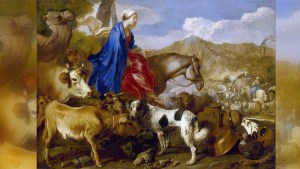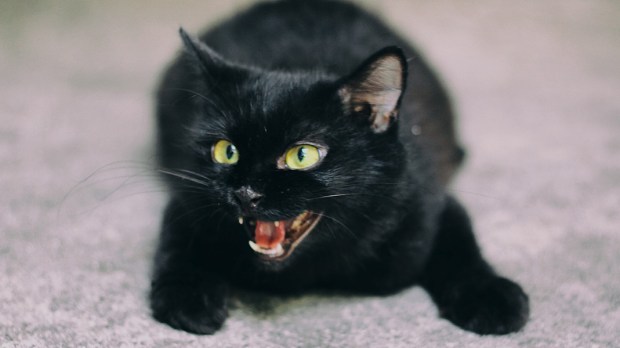Lenten Campaign 2025
This content is free of charge, as are all our articles.
Support us with a donation that is tax-deductible and enable us to continue to reach millions of readers.
Unlike dogs, cats were consistently seen as symbols of evil throughout Europe of the Middle Ages. This seems to have arisen at least in part because of cats’ apparent laziness.
Often in religious art, cats represented lust and could be seen in depictions of the Fall of Adam and Eve. This was then extended to cats being a symbol of Satan. Black cats were especially viewed by medieval Christians as representations of the demonic. The association of black cats with witchcraft only compounded this symbolism.

Read more:
The surprising symbolism of dogs in Christian art
Unfortunately this was taken to the extreme and cats became targeted creatures in Europe. Their presence was unwanted because of the religious associations, and they were frequently killed on account of it. They were almost driven to local extinction.
As a result, rat populations increased throughout Europe with cats nowhere to be seen. Cats weren’t keeping the population of rats down and the plague, spread by the rats, claimed thousands of lives across Europe.
It was eventually discovered that rats were the problem and laws against cats were repealed as their presence was suddenly desired.
However, even though cats became a welcome addition to the household, black cats still retained their association with evil — which continues to today. They are a permanent fixture of the annual celebration of Halloween and superstitions regarding black cats continue to be passed on to the next generations.
Read more:
The surprisingly Catholic origins of Halloween

